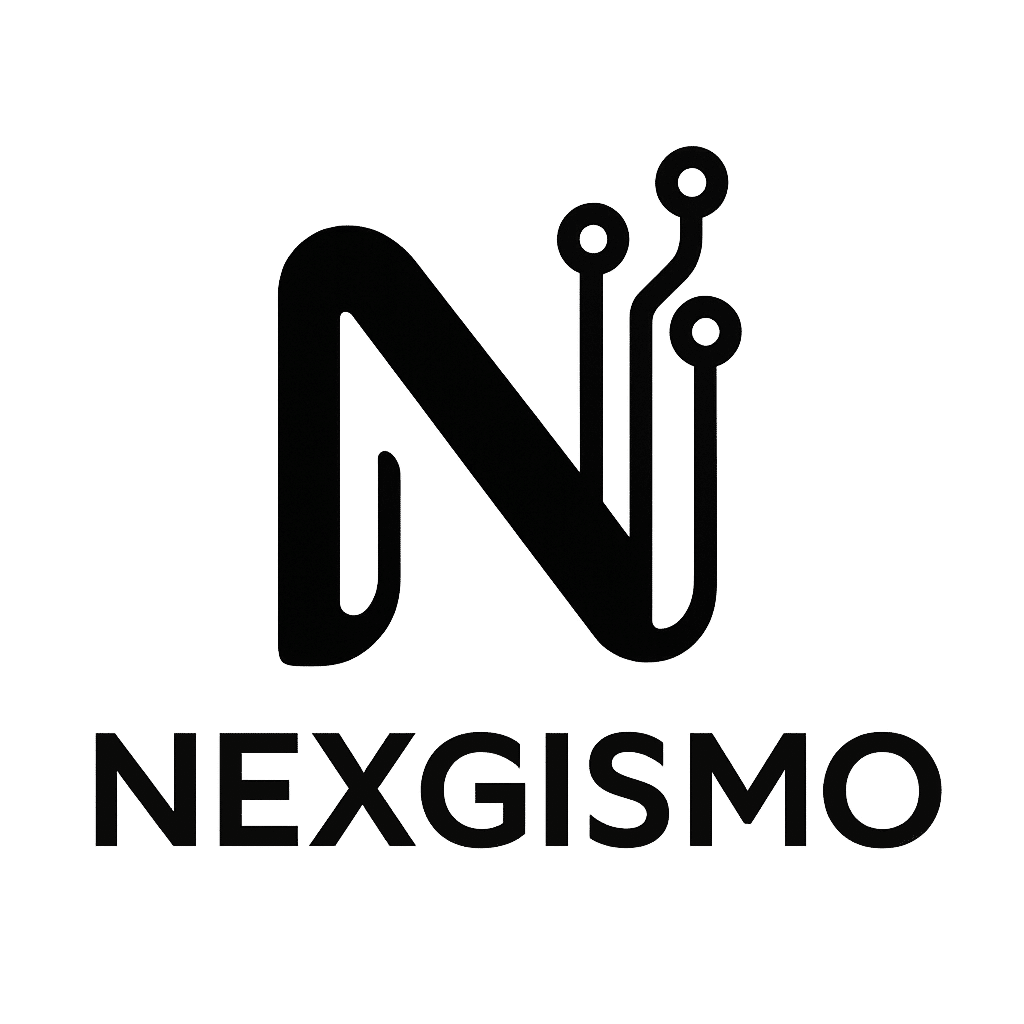
Exploring What are Digital Markets: Types, Examples, Benefits, and the 4 Ps of Marketing
In today’s fast-paced digital age, online markets have become a vital part of how we buy, sell, and even market products and services. Thanks to the internet, businesses and consumers now interact on digital platforms more than ever before. Let’s dive into what digital markets are, the different types and examples, the benefits they offer, and break down the 4 Ps of marketing in this context.
Table of Contents
What are Digital Markets?
Digital markets, also known as electronic marketplaces or online marketplaces, are virtual spaces where buyers and sellers come together to exchange goods, services, or information. These platforms use internet technologies to streamline transactions, often making the process more efficient and convenient compared to traditional physical markets. Digital markets cover a wide array of activities, from e-commerce and online auctions to digital advertising.
Types of Digital Markets
1. E-commerce Platforms
E-commerce platforms are online spaces where businesses and consumers can buy and sell products and services. Think Amazon, eBay, and Alibaba. These platforms offer a comprehensive shopping experience, providing everything from electronics to clothing to groceries.
2. Online Marketplaces
Online marketplaces are platforms where multiple third-party sellers can list and sell their products. Etsy, known for its handmade and vintage items, and Rakuten, a Japanese e-commerce giant, are perfect examples.
3. Digital Service Marketplaces
These are platforms that connect service providers with consumers. For instance, on Fiverr and Upwork, freelancers offer services like graphic design, writing, and programming.
4. Social Media Marketplaces
Platforms like Facebook Marketplace and Instagram Shopping let users buy and sell products directly through social media networks. These marketplaces leverage social connections and targeted advertising to facilitate sales.
5. Subscription-Based Services
Platforms like Netflix, Spotify, and Adobe Creative Cloud operate on a subscription model, offering digital content or services for a recurring fee. These markets focus on delivering continuous value to subscribers.
6. Online Auction Sites
Websites like eBay and Sotheby’s facilitate online auctions where users can bid on items, ranging from collectibles to real estate. These platforms provide a dynamic pricing model based on demand.
Examples of Digital Markets
- Amazon: The world’s largest e-commerce platform, offering a vast array of products and services.
- eBay: An online auction and shopping website where people buy and sell a wide variety of goods.
- Etsy: A marketplace focused on handmade, vintage, and unique goods.
- Upwork: A platform connecting freelancers with clients seeking various digital services.
- Netflix: A subscription-based streaming service offering a vast library of movies, TV shows, and documentaries.
- Facebook Marketplace: A social media platform feature that allows users to buy and sell items within their local community.
Benefits of Digital Markets
1. Convenience
Digital markets are incredibly convenient, allowing us to shop anytime, anywhere. This 24/7 accessibility is a major perk over traditional stores.
2. Wider Reach
Businesses can connect with a global audience through digital markets, breaking down geographical barriers and expanding their customer base.
3. Cost Efficiency
Running a business in a digital market can be more cost-effective than maintaining a physical store. Lower overhead costs and the ability to automate processes contribute to higher profit margins.
4. Data-Driven Insights
Digital markets provide valuable data on consumer behavior, preferences, and trends. Businesses can use this data to make smarter decisions and fine-tune their marketing strategies.
5. Enhanced Customer Experience
Personalization and targeted marketing are much easier in digital markets, leading to happier customers and increased loyalty.
The 4 Ps of Marketing in Digital Markets
The 4 Ps of marketing—Product, Price, Place, and Promotion—are essential principles that guide marketing strategies. In the digital world, these elements take on new dimensions.
1. Product
In digital markets, the product can range from physical goods to digital services and content. Developing products in this context often involves continuous updates, integrating user feedback, and innovating to meet changing consumer demands.
2. Price
Pricing in digital markets can be very flexible. Businesses might use models like freemium, subscription, pay-per-use, or dynamic pricing based on demand. Digital markets also make it easy for consumers to compare prices, so competitive pricing is key.
3. Place
‘Place’ in digital marketing refers to the online channels where products are sold. This includes e-commerce websites, social media platforms, mobile apps, and more. Ensuring a smooth and user-friendly online shopping experience is crucial.
4. Promotion
Digital markets offer a variety of promotional opportunities, including search engine optimization (SEO), pay-per-click (PPC) advertising, social media marketing, email marketing, and content marketing. Effective promotion in digital markets requires a solid understanding of digital tools and analytics.
Conclusion
Digital markets have transformed how we do business, offering numerous benefits and opportunities for both companies and consumers. Understanding the different types of digital markets, their examples, and their benefits is essential for anyone looking to succeed in this space. Additionally, applying the 4 Ps of marketing within the digital context can help businesses develop effective strategies and thrive in the competitive online marketplace.
By harnessing the power of digital markets, businesses can reach a broader audience and provide a more personalized and efficient shopping experience. As technology continues to evolve, the potential for digital markets will only grow, making it an exciting and dynamic field to watch.
